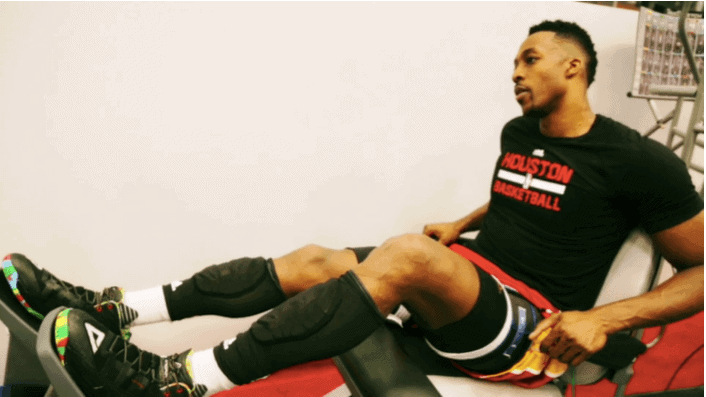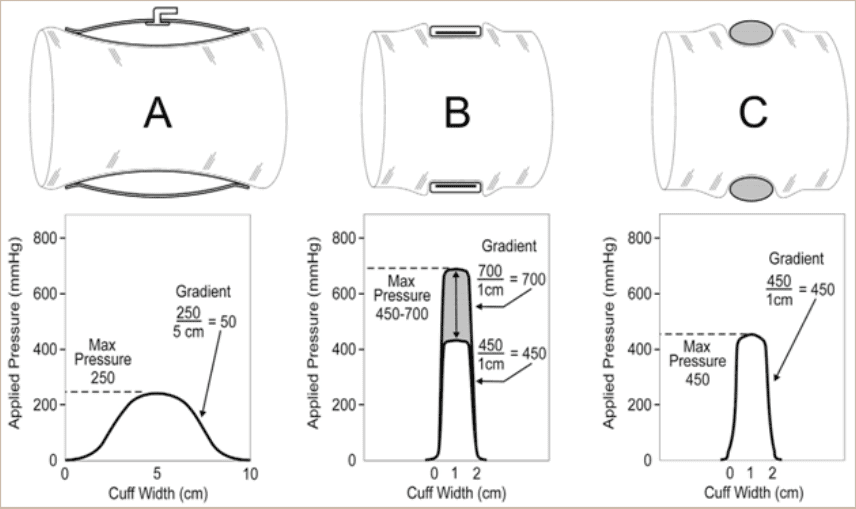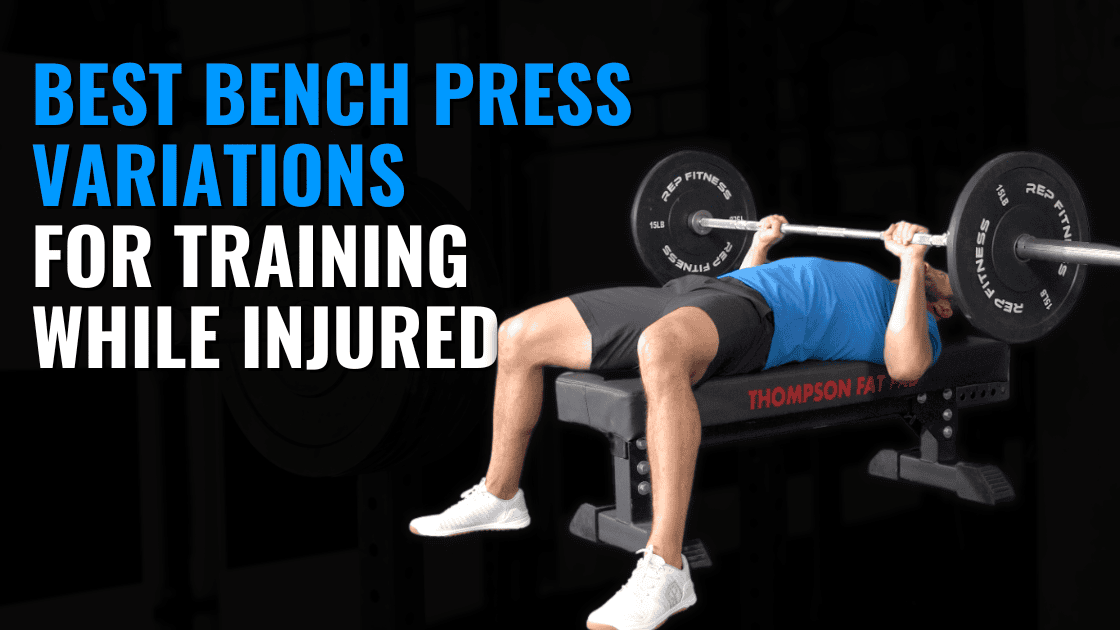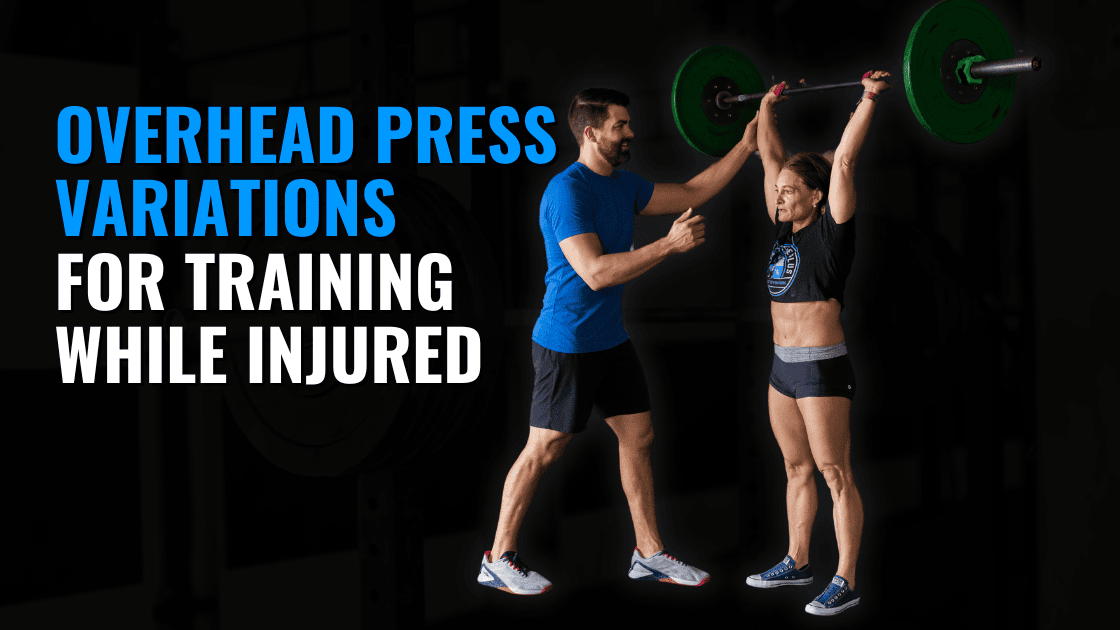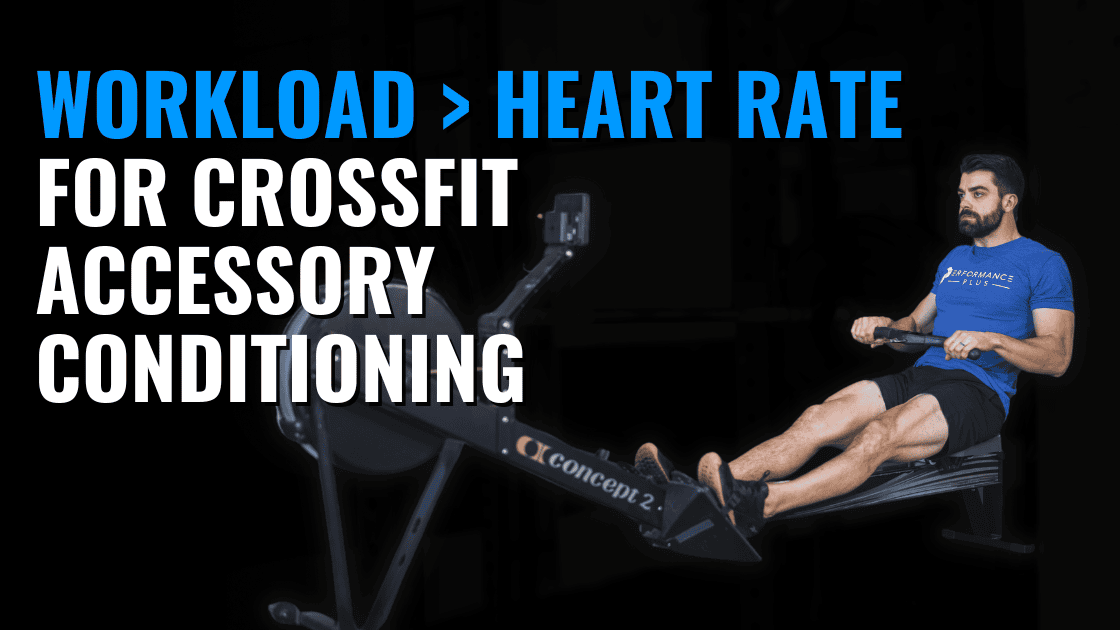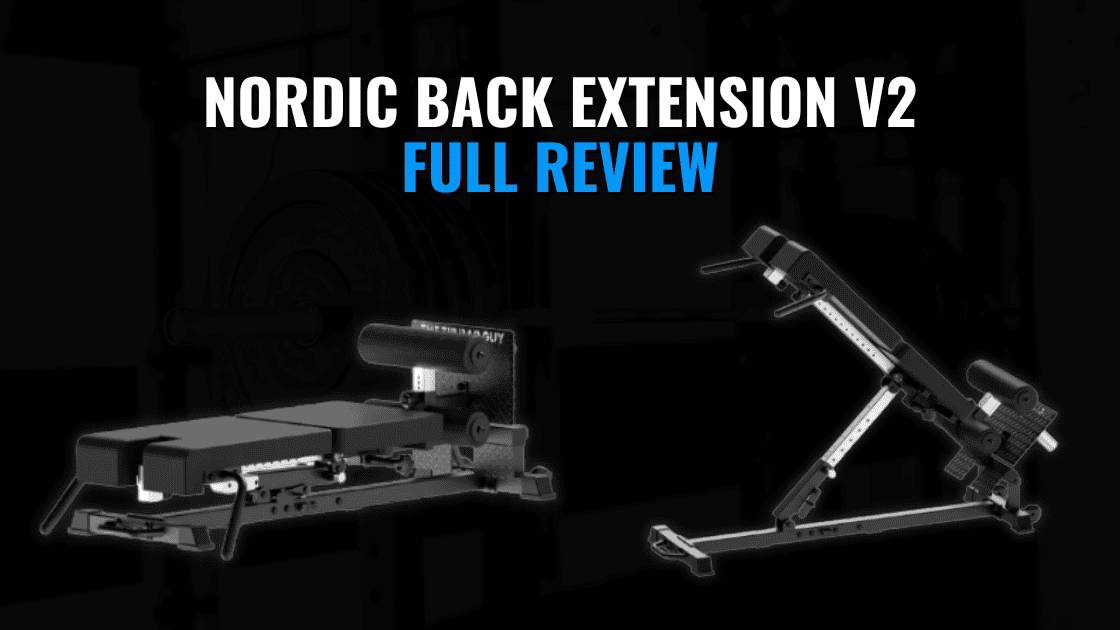Blood flow restriction training has emerged in the fitness and rehab worlds as the latest modality to help patients get their strength and muscle mass back faster than ever. A huge amount of research has shown that hypertrophy (muscle mass) gains can be achieved at very low loads (20-30% of an individual’s one-rep max) versus conventional training requiring loads at 75% or more. This obliviously has HUGE implications in the rehabilitation world. It can help us get patients stronger without loading injured muscles, tendons, ligaments, and joints to the point where we further damage the tissues. For the sports performance world, the ability to create muscle strength & hypertrophy at low loads, without the breakdown of muscle proteins, also makes it a possible addition to training programs. I’ve reviewed this research previously in the following articles. Still, today, we’ll focus on the question of “Is Blood Flow Restriction Training Safe?” as there are several dangerous myths around the use of BFR.
Is Blood Flow Restriction Training Safe?
Does BFR Cause Blood Clots?
This is the first and most obvious concern with the implementation of BFR. Does placing a tourniquet and restricting blood flow increase-clotting risk?
Fortunately, several studies have examined these questions, and all support that BFR does not increase clot risk. Both blood flow restriction training and heavy resistance training are associated with the release of several anti-coagulation factors (Jarrett 2004). Studies have shown no increases in clots when BFR training programs are implemented (Hylden 2014).
Is Blood Flow Restriction Training Safe on the Cardiovascular System?
This is the second concern with the use of BFR…are we potentially damaging the heart and blood vessels with BFR?
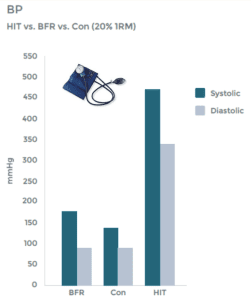
In contrast, while BFR training does increase both of these markers, research has shown blood pressure readings to only increase to 180/100mmHG. During BFR heart rate values increase to 110BPM (Takano 2005). Both considerably lower than that seen with heavy resistance training.
Other research has shown either no change or improvements in arterial compliance and stiffness with BFR (Kim 2009, Fahs 2011, Ozaki 2013, Ozaki 2011). Hunt (2013) found improvements of 14% in capillarity vs. no changes in work matched controls.
THE BIGGEST RISK FACTORS
The biggest risk factors come from a few variables: improper tourniquet width, too much tourniquet pressure, and improper placement of the tourniquet.
First up, we’ll tackle tourniquet width, which has been improperly interpreted by many in the fitness world. BFR works through the partial occlusion of blood flow. According to multiple research studies, WIDER CUFFS DECREASE THE PRESSURE NEEDED TO RESTRICT BLOOD FLOW. This means that the small cuffs sold by many “BFR” manufacturers increase the risk of soft tissue damage. You MUST use a wider tourniquet to minimize this.
The next risk factor is too much pressure, which has already been partially covered. In the BFR certification courses I teach, we discuss LIMB OCCLUSION PRESSURE which is the MINIMAL amount of pressure needed by a specific patient, on a specific limb, on a specific day, needed to occlude the proper amount of blood flow.
Think of this as working hard for the same amount of money…you’d NEVER do that, right? So we only want to use the MINIMAL amount of pressure necessary to make our strength & hypertrophy goals happen.
This is where the Delphi PTS system comes in for medical professionals. It takes care of almost all the safety concerns with BFR. Delphi is one of the only devices listed as approved by the FDA for use on patients. Any BFR device not FDA listed is a legal liability for healthcare use.
Finally, the placement of the BFR device is incredibly important. There are only two places where a BFR device should be placed. That is the upper arm and upper thigh. This will minimize the risk of nerve damage. Placement of tourniquets in other areas has been known to cause nerve damage issues, including nerve palsies such as drop foot.
Contraindications
There are several contraindications of BFR training that must also be observed for safe training. I won’t go through a full description of each (I suggest attending the ORS course for more on this) but be cautious and screen potential BFR users with the following conditions:
- Current or previous history of Venous Thromboembolism (VTE)
- Antiphospholipid Syndrome (Recurrent Thrombin’s)
- Family history of VTE On long term warfarin use
- Pregnancy
- Thrombophilia
- Infection within limb
- Diabetes
- Cancer
- Vascular graft
- Lymphedema
- Anti-thrombin deficiency
Alternatively, the following scoring system was proposed at the Heitkamp 2011 Conference Presentation. A score of greater than 4 would indicate a contraindication to blood flow restriction training:
- 5 Points
- History of DVT
- Acute sickness or fever
- BP 180/100mmHG or higher
- Arrhythmia or coronary ischemy
- 4 Points for being pregnant
- 3 Points
- Varicose veins
- Prolonged inavtivity
- Atrial Fibrillation or Heart Failure
- BP 160-179 / 95-99 mmHG
- 2 Points
- Age >60 years
- BMI >30
- Hyperlipidemia
- Oestrigen therapy
- 1 Point
- 40 to 59 years
- BMI 25-30
This 2022 paper offers more updates on the safety and contraindications of BFR for healthy and non-healthy individuals.
If you have any concerns about the safety of BFR for you personally please speak with a healthcare provider or trained BFR professional.
Summary
In summary, when performed CORRECTLY, the question of “is blood flow restriction training safe” is yes. If you want to learn more about BFR rehab for the medical professional, visit OwensRecoveryScience.com
If you are a recreational athlete, read my article “The Best BFR Devices” for your options and download my free BFR Training Guide.

